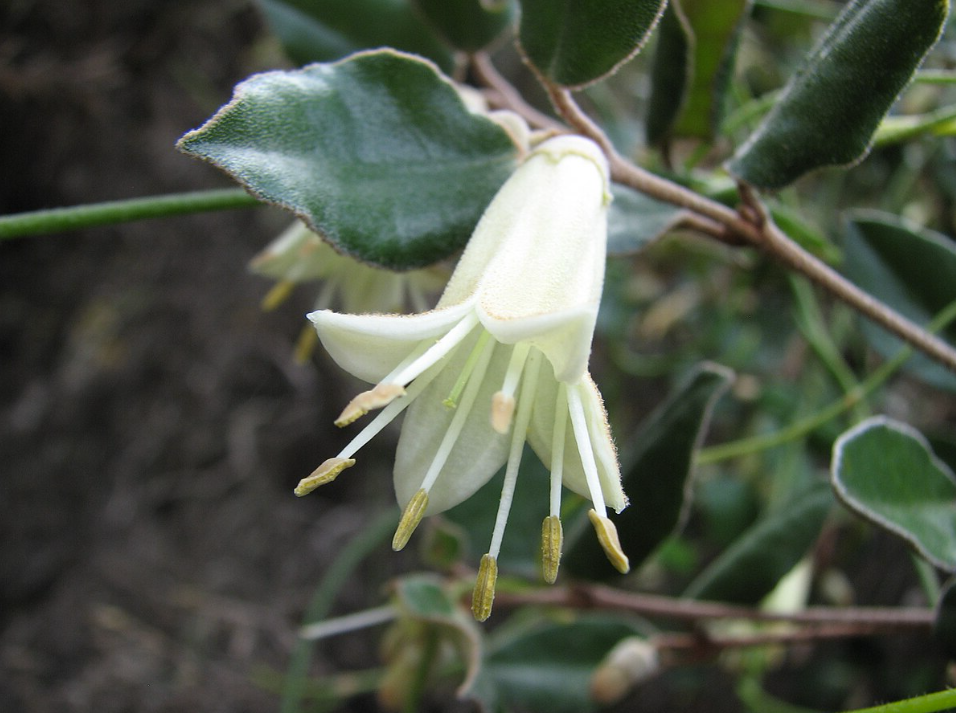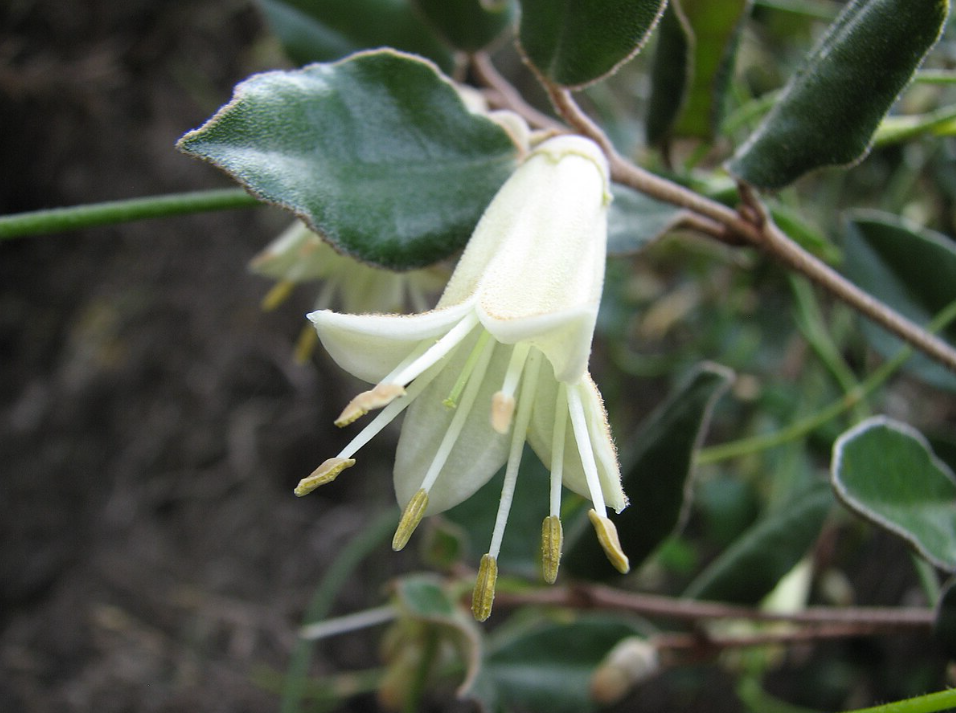Enter Your Postcode Below & Click 'Check' To See Delivery cost To Your Area
Correa backhouseana
Correa backhouseana
Couldn't load pickup availability
Common Name:
Backhouse Australian Fuchsia
Description:
Correa backhouseana, commonly known as Backhouse Australian Fuchsia, is an evergreen shrub native to coastal and near-coastal regions of southern Australia, including parts of Western Australia, South Australia, Victoria, and Tasmania. It typically grows to a height of 1.5 to 2 meters, forming a dense, rounded habit. The plant features leathery, elliptical to egg-shaped leaves, 15–25 mm long, with a dark green upper surface and a densely hairy, rust-colored underside. From late autumn to early spring, it produces pendulous, tubular flowers that are cream-colored to pale green, measuring about 2.5 cm in length. These blooms are attractive to nectar-feeding birds and add subtle beauty to the garden during the cooler months.
In Melbourne's climate, Correa backhouseana thrives in well-drained soils and prefers a position in full sun to part shade. It is tolerant of coastal conditions, including salt-laden winds and sandy soils, making it suitable for seaside gardens. Once established, the shrub is both drought and frost hardy, requiring minimal maintenance. Regular pruning after flowering can help maintain its compact shape and encourage denser growth. This versatile plant is ideal for use in borders, as a screening plant, or in containers, and its flowers and foliage can be used in floral arrangements.
Form:
- Shrub - Medium
Mature Size:
- Height: 1.5–2 meters
- Width: 1.5–2.5 meters
Aspect:
- Full Sun
- Part Shade
Flowering:
- Flowers in Late Autumn
- Flowers in Winter
- Flowers in Early Spring
Flower Colour:
- Cream
- Pale Green
Key Attributes:
- Suitable for Pots
- Australian Native
- Drought Resistant (once established)
- Frost Hardy
- Coastal Tolerant
- Attracts Birds
- Low Maintenance
Toxicity:
- No known toxicity to humans or animals.
Companion Plants:
- Banksia
- Grevillea
- Westringia
- Leptospermum
Note: Regular pruning after flowering can help maintain a compact shape and promote vigorous new growth.

- Choosing a selection results in a full page refresh.
- Opens in a new window.

